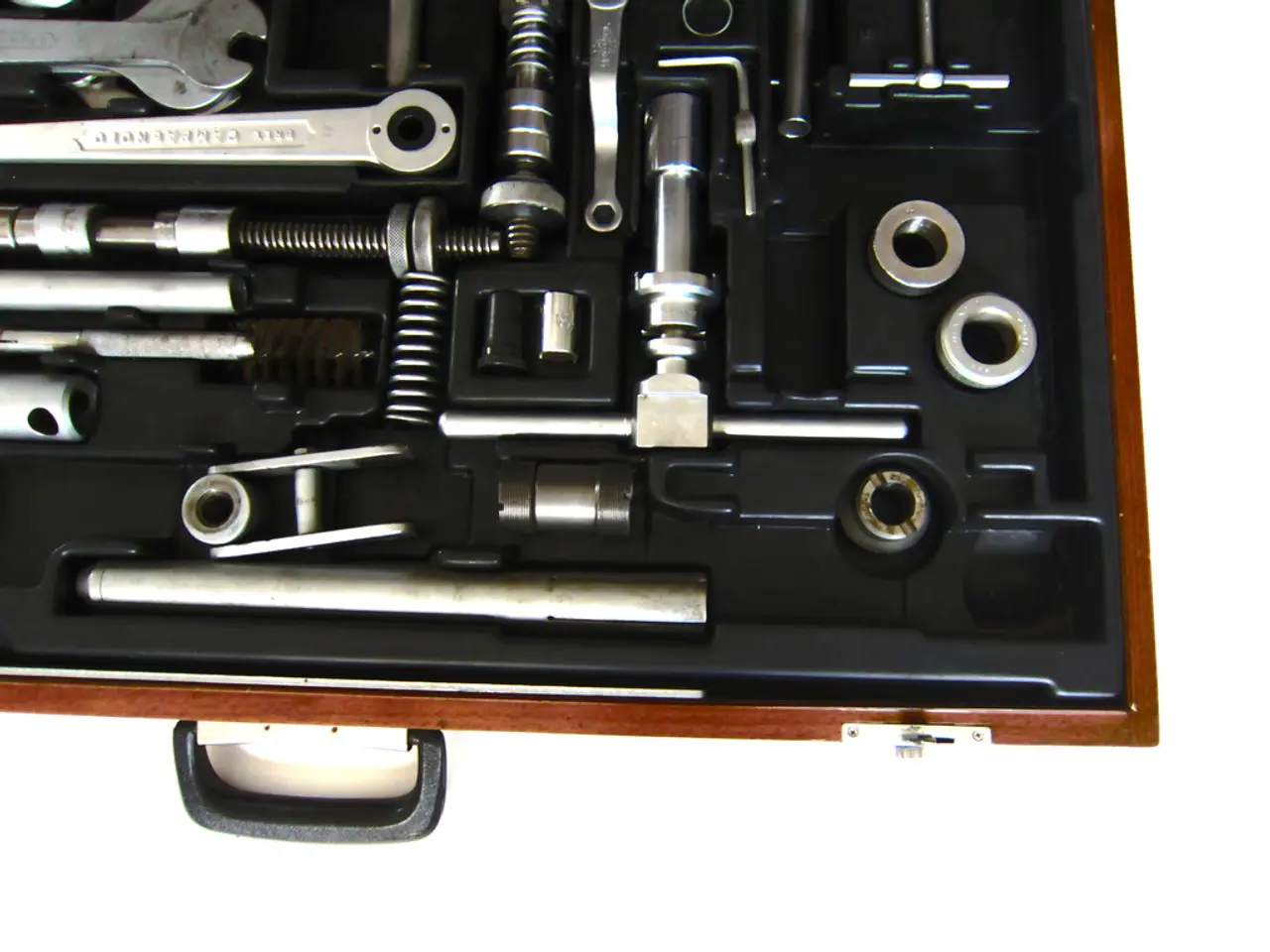Future of Luxurious Sustainability: Gemstones Crafted in Labs | 2024 Guide for Artificial Diamonds
**Lab-Grown Diamonds: A Growing Market with Sustainable Appeal**
Lab-grown diamonds, identical in quality to their natural counterparts, are making waves across multiple industries, from luxury jewelry to advanced industrial tools. The market for these hi-tech diamonds reached an impressive $12 billion in 2022, capturing 10% of the global diamond jewelry market.
According to various reports, the current market size of the lab-grown diamond industry ranges between USD 18.91 billion and USD 27.2 billion in 2023. Projections for the future are equally promising, with the market expected to grow at a compound annual growth rate (CAGR) of approximately 8.8% to 10.4% over the next few years. By 2030-2032, the market is projected to reach between USD 34 billion and USD 59.5 billion.
These growth figures reflect the robust, double-digit expansion anticipated for the lab-grown diamond sector over the next decade. The driving forces behind this growth include technological advancements in diamond production and a growing consumer preference for sustainable luxury goods, particularly among younger buyers.
Hi-tech diamonds are produced using cutting-edge processes like Chemical Vapor Deposition (CVD) and High-Pressure High-Temperature (HPHT) technology. These methods enable the creation of diamonds in a matter of weeks, contrasting with the millions of years it takes for natural diamonds to form.
In the jewelry sector, lab-grown diamonds are increasingly popular due to their cost-effectiveness and sustainability. They can be found in a variety of designs, from engagement rings and wedding bands to tennis bracelets and pendant necklaces. The reduced costs and identical optical properties to natural stones make them an attractive alternative for many consumers.
Beyond jewelry, hi-tech diamonds are also used in various industrial applications such as cutting tools, grinding wheels, heat sinks, optical windows, semiconductor substrates, and more. For instance, heat sinks made with hi-tech diamonds exhibit high thermal conductivity, up to 2200 W/mK, making them ideal for managing heat in electronic devices.
Moreover, lab-created diamonds generate 85% fewer carbon emissions compared to mined diamonds, making them a more environmentally friendly choice. This aspect, coupled with their cost-effectiveness, is contributing to their growing popularity.
It's important to note that hi-tech diamonds undergo rigorous quality control processes to ensure they meet the highest industry standards. They are graded using the 4Cs system (Cut, Color, Clarity, and Carat weight) by independent gemological laboratories like IGI, GCAL, AGS, and GIA.
In conclusion, the lab-grown diamond market is on an upward trajectory, driven by technological advancements, consumer preferences for sustainability, and the numerous applications of these hi-tech diamonds across various industries. As the market continues to grow, it's likely that we'll see an increasing number of consumers and businesses embracing lab-grown diamonds as a viable and eco-friendly alternative to natural diamonds.
**Summary Table**
| Year | Market Size (USD billion) | CAGR (%) | Projection Year | Source Notes | |-------|---------------------------|--------------|-----------------|-----------------------------------------| | 2023 | 18.91 - 27.2 | — | — | Market size estimates vary by report | | 2024-2030/32 | 34 - 59.5 | 8.8 - 10.4 | 2030 or 2032 | Growth driven by tech advances, jewelry |
- The technology behind producing hi-tech diamonds, such as Chemical Vapor Deposition (CVD) and High-Pressure High-Temperature (HPHT), is crucial for enhancing manufacturing efficiency in various industries beyond jewelry.
- With its strong appeal for sustainable luxury goods, especially among younger buyers, the technology of lab-grown diamonds has a significant impact on modern lifestyle choices.
- The field of science, particularly in the study and application of technology, plays a vital role in the growth and development of the lab-grown diamond market, contributing to its projected increase in market size and compound annual growth rate (CAGR).



